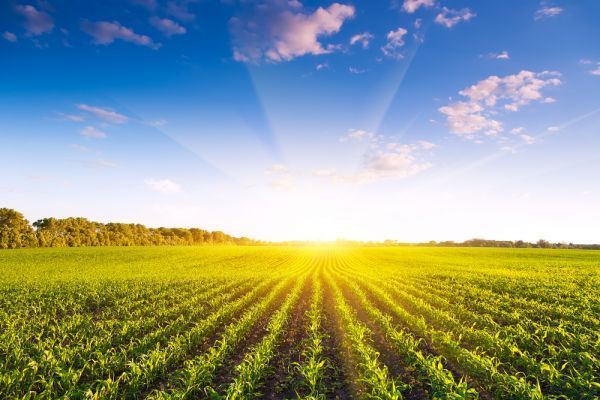Use of Corn as an Acceptable Feedstock Clarified by the Department of Energy

An important step forward to driving demand for corn was recently achieved, thanks to the work of state and national corn growers staff and members of the National Corn Growers Association (NCGA) Market Development Action Team (MDAT).
In the most recent Funding Opportunity Announcement (FOA), the Department of Energy’s (DOE) Bioenergy Technologies Office (BETO) clarified that corn grain is an acceptable feedstock. This means that starch derived sugars, specifically starches from field/feed corn, were clarified as acceptable.
“I am happy to see IL Corn and NCGA’s work showing the Department of Energy that corn is an abundant resource for research and makes the most economical sense to base new products off of. I am proud of being part of the process to secure more demand in the marketplace on behalf of Illinois’ corn farmers,” said Terry Smith, Illinois Corn Growers Association Board of Director assigned to this issue.
“This is an important evolution in how DOE interprets legislative intent,” said NCGA Market Development Director Sarah McKay. “Given U.S. corn growers’ ability to efficiently produce, it is clear that corn can not only meet the needs of existing markets but can enable exciting new markets for renewable materials. We are excited to continue working with BETO and other government agencies to lay the groundwork and develop a solid foundation for future markets for corn.”
The timing of this announcement is important because it means those looking for funding opportunities through BETO’s Plastics Innovations Challenge can use corn as a base for recycling technologies in the manufacture of new plastics. BETO works to develop industrially relevant technologies to enable domestically produced biofuels and bioproducts.
“One of the primary areas of potential is in bioplastics,” McKay added. “Now, BETO is able to use corn grain for agency funding and testing in national laboratories. Corn is an abundant, affordable, sustainably produced product, making it a competitive crop to use for bioplastics and other bioproducts.”
An example of a product that could now be developed to use corn grain as a feedstock is single-use plastics such as water bottles and plastic bags. Learn more about corn as an industrial feedstock and NCGA’s initiatives around new uses at ncga.com/newuses.











































































































